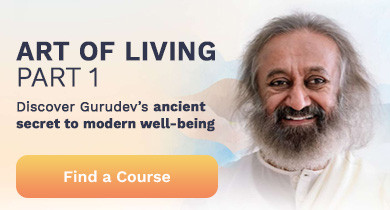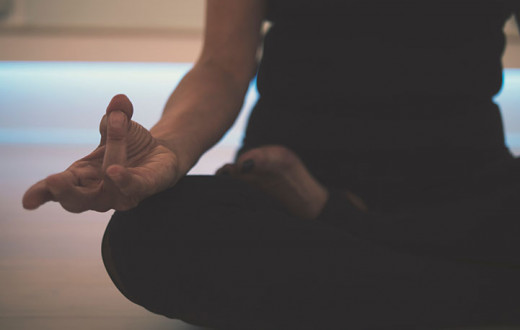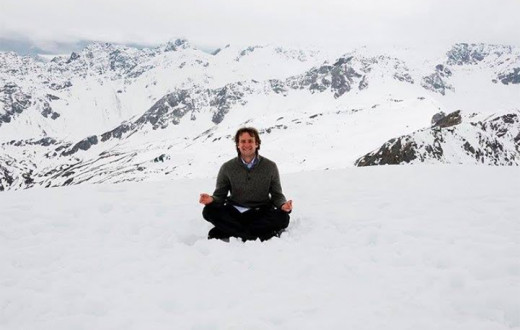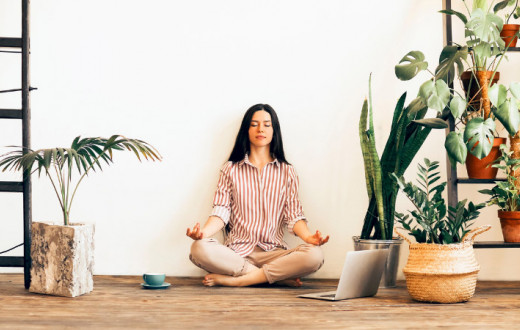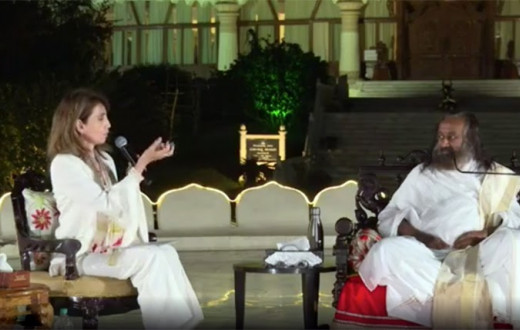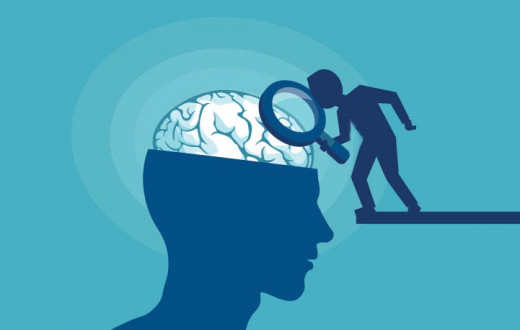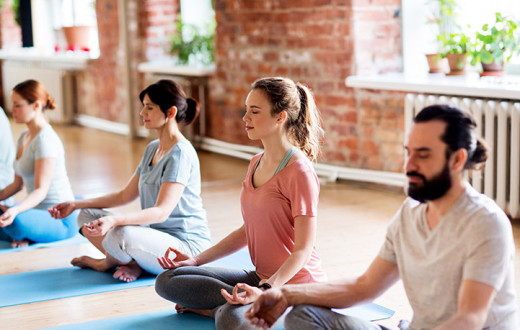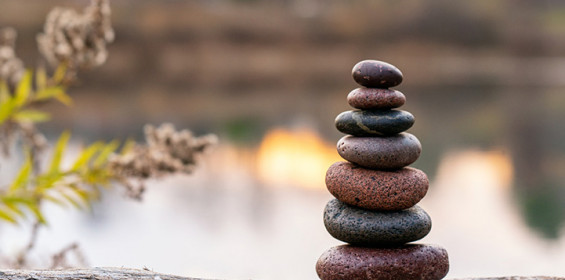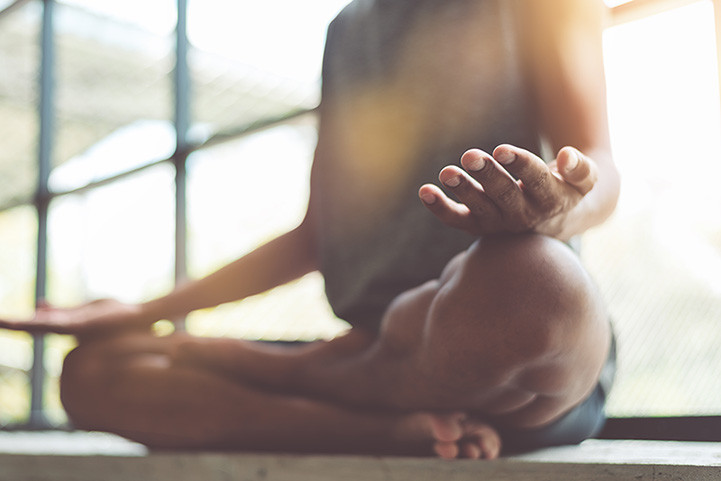
What is meditation?
Everyone seems to be interested in it these days.
But what makes it one of the most searched topics on Google?
Is it because of the manyfold benefits of meditation for enhancing physical health or mental health? Or is it the promise of experiencing the present moment, bliss, peace, and nirvana?! Or is that because many popular celebrities, sports personalities, or business leaders attribute their success to their regular meditation practice?
Why are more and more people looking to learn how to meditate?
What is the main purpose of meditation? And how do I get started with meditation?
You are here on this page because you also have similar questions and are curious to find more about meditation so that you can give it a genuine try. You may also have some doubts.
This is great. We are here to answer your questions and help you to begin your journey to increase calmness and clarity, reduce stress and anxiety, and promote inner peace and happiness.
Let us unpack these facts and understand more about meditation so that you can get started on a path toward greater inner peace, equanimity, freedom, acceptance, and joy. Take a deep breath, and get ready to relax.
How do you explain meditation?
Before I begin to answer your question, take a moment to jot down your thoughts about meditation.
According to you, meditation is:
1)
2)
3)
Now, for the time being, put your ideas aside, and with an open mind get ready to better understand. Take a deep breath and gently breathe out!
What is meditation?
Meditation is the delicate and effortless art of doing nothing. Beyond all the chatter and noise in our mind, there is a silent, peaceful, blissful, beautiful space that exists in all of us, a place that is intact and unbroken. Turning our attention to this silent chamber within is meditation. This silence cleanses the mind, giving it a much-needed rest, and makes room for better perceptions and new ways of looking at life and its challenges.
Gurudev Sri Sri Ravi Shankar is an expert at effortlessly teaching people meditation and has done so for millions of people worldwide. He says, “Meditation is the way to take deep rest while being alert and conscious at the same time! It is the skill to calm the mind and get in touch with the source of energy that we are.”
In this short video, he shares some more beautiful insights.
Yes, meditation is one skill that helps us to reduce stress and relax deeply and be more mindful.
If you would like to understand meditation from the classic texts, this meditation definition from the ancient scripture may also interest you.
What is the main purpose of meditation?
In ancient times, meditation was essentially a spiritual practice with an ultimate goal of self-realization or enlightenment. The history of meditation dates back several thousand. The first record of meditation (dhyana - Sanskrit word for meditation) exists in the ancient Hindu texts known as The Vedas. Since then, in the 19th-century Asian or Buddhist meditative techniques were spread throughout the world to other cultures and have found application to non-spiritual purposes like health and well-being, advanced research studies have backed multiple health benefits of meditation.
Let us look into some benefits of meditation
The benefits of meditation are manifold. It is an essential practice of mental hygiene that improves our quality of life. Many recent research studies suggest that meditation is not just a temporary technique for stress relief. It also changes your brain and improves physical well-being and emotional health too. Everyone knows that meditation reduces stress. Many other natural results of meditating regularly include a calm and balanced state of mind, improved focus, increased awareness, good concentration, clarity of perception, improvement in communication and creativity, the blossoming of new skills and talents, peaceful and pleasant vibes, an unshakeable inner strength, increased immunity, and healing power, and the ability to connect to an inner source of energy and infinite joy.
Studies also indicate that meditation may help manage symptoms of conditions like high blood pressure, heart disease, asthma, irritable bowel syndrome, sleep problems, tension headaches, chronic pain, depression, anxiety, and even cancer.
In today's world, where stress catches on faster than the eye can see or the mind can perceive, meditation is no longer just a luxury, but a necessity. To be unconditionally happy and at peace and to be in the present moment, we need to tap into the power of meditation.
How do you meditate?
The good news is that it is easy for each one of us to develop the skill to meditate, anyone can learn how to meditate. Learning how to meditate is easy, and the benefits can come quickly. Yes, you don’t have to wait till you perfect it!
We, humans, want to understand everything with our intellect. But certain subjects like meditation are a matter of experience and are very difficult to explain with words.
Take another deep breath, breathe out, and relax. Let us get ready to meditate with this beautiful guided meditation with Gurudev Sri Sri Ravi Shankar now!
Now, take a moment or two, to pay attention to how you feel after the meditation? And acknowledge the subtle shift within.
Do you feel more in the present moment?
Do you feel calm and relaxed?
Wasn’t that easy for you to meditate?
Types of meditation
In recent times, many meditation teachers, practitioners, and modern research have attempted to classify all these wonderful activities as some types of meditation like closed or focused attention, open monitoring, and automatic self-transcending (mantra meditation), etc. All these are different approaches to meditation and offer their own set of benefits. Based on the approach, there are different forms of meditation.
Over the years, the word meditation is used loosely for many different kinds of activities such as mindfulness, concentration, visualization, affirmation, contemplation, relaxation, awareness, and self-hypnosis. And this list can go even longer! All these useful activities are overlapping to some extent and may seem similar but these are not correct synonym words for meditation. In fact, some of these could be the outcome of good meditation practice.
What is not meditation?
Let's look into some of the finer differences between each of these activities to better understand meditation. To understand what is meditation, it may also be helpful to understand what is not meditation.
Is meditation concentrating, focusing, or contemplating?
Not really. Let us see how it is different.
Focusing, concentrating, and contemplating all require you to make some effort to keep your attention or awareness totally on one object. It is like a narrowing or single-pointedness of awareness. You concentrate on one object to the exclusion of everything else. Whereas, in meditation, you are not putting any kind of effort.
Again in the words of Gurudev Sri Sri Ravi Shankar, “In meditation, you do not do gymnastics with the mind or force anything...many people think meditation is an exercise of concentration. That is not the case. It is deep relaxation. You simply have to let go (of all your efforts).”
No doubt, your ability to focus and concentrate will improve with your meditation.
Is meditation visualization or imagery?
Absolutely not.
Visualization is quite an active process, you use self-imagery or guided imagery to visualize something to make some changes or some future accomplishments. Visualization may include visualizing a peaceful place or calming or relaxing scene, or healing occurring, or other mental images.
Whereas meditation is a deeply restful and almost zero-effort process. You simply do nothing and your mind slips into a deeply relaxing and calming state naturally.
The technique of guided imagery also falls in the range of focused attention type of meditation as per the modern classification. Loving-kindness meditation, progressive relaxation may come under visualization.
Is meditation self-hypnosis?
Hmmm, definitely not!
A hypnotic state is defined as a total concentration on a single train of thought. Self-hypnosis tends to have an end-point in mind or a goal in mind. Meditation, on the other hand, has no particular goal to aim at. You are not trying to achieve anything. On the contrary, any ‘trying’ can be counterproductive. In its purest form, meditation starts happening on its own wherein you connect to the quiet, calm, peaceful space within.
Is meditation relaxation?
Probably, but here is how it is different.
Just as when we sleep the outcome is relaxation, similarly, relaxation is the outcome of meditation. All the activities mentioned above may bring you some level of relaxation. But the rest that you get after meditating is said to be deeper than the deepest sleep.
Is meditation mindfulness?
Mindfulness meditation is one of the popular types of meditation in The West. But as I understand, mindfulness is a doorway to meditation and it is one of the benefits of meditation.
Mindfulness, as the name suggests, is when the mind is full of awareness. Mindfulness is the act of paying attention and noticing and being present to whatever you’re doing. For example, if you are drinking a hot cup of tea, you are completely aware of it, enjoying its aroma, warmth, and flavor. As mindfulness requires you to be fully aware of every thought or act, you remain present at the level of your body or mind. In meditation, you transcend the body-mind complex and connect to a deeper level of consciousness.
Is meditation a mind-control technique?
One of the results of regular meditation practice is that you will have better control over the mind. But meditation per se is neither a mental effort nor an attempt to control the mind.
The mind tends to wander, you know this very well. But what you may not know is that the nature of the mind is that whatever you resist, persists. For instance, if you force your mind not to think of something, you will notice that thoughts related to that keep coming more. Therefore forcing anything on your mind may not be very useful during meditation.
Meditation is the art and skill of quieting the mind by letting go of all effort and control. Effort and control involve some kind of tension. And tension is contrary to the art of meditation. The meditator does not need to tame his or her mind but go past it, to connect with the silent, peaceful corner that exists within all of us.
Once you learn to go beyond all your mind’s games and chatter, you will see that it will stop bothering you. One thing that can help here is, start seeing your mind as your best friend, rather than an enemy or hindrance for meditation. Accept and embrace your friend, rather than keep fighting with it!
Meditation is attained by transcending the mind and connecting with your true natural Self - the source of infinite joy, peace, energy.
All this is good to understand, but how do I begin my meditation practice?
If you have been meditating with some guided meditations for a long time and are now ready to have a formal meditation practice of your own, I would also suggest you pick up an easy and well-proven technique of meditation and try it out for a period of time, say 30-40 days. For me, SKY Breath Meditation was a game-changer. Would you like to know more about it?
What is SKY Breath Meditation?
Did you know that patterns of our breath are closely connected with our emotions and feelings? Every emotion has a specific breathing pattern. By learning to control our breath we can manage our minds and emotions.
By learning specific breathing techniques we can expand our lung capacity and eliminate most of the toxins from our bodies.
Through the breath, you can access deep states of effortless meditation effortlessly.
Breathing techniques improve circulation and blood flow to the brain and activate our parasympathetic nervous system, which means that our brain gets the message to relax.
Science is recognizing that proper breathing is essential for health. Targeted breathing exercises can boost our immunity and improve our overall health. Learning how to breathe is one factor that reduces our susceptibility to getting sick.
SKY Breath Meditation is based on the above observations about the power of our own breath. To learn this easy and powerful breathwork-based meditation, a certified teacher teaches and guides you on how to go through the different rhythms of the breath. This takes you to the deep state of meditation. It puts you in touch with your natural Self to discover the unbounded joy and peace that you are! Once you learn it systematically, you can easily practice it on your own or with an app. Like millions of people across the world, this is part of my meditation routine for years.
If you would like to begin your meditation journey, SKY is a great place to start. Recent research done at Yale University speaks volumes about it and also gives insights into how it is deeper and profound than other mindfulness-based meditation techniques. See this short video on the research work here.
More questions about SKY?
Join Beyond Breath - a free online intro session where you can interact with a live instructor and get all your questions answered. Moreover, in this free workshop, you will also learn a simple technique that you can practice daily to feel calm, centered, and stress-free plus do a guided meditation!
Meditation is the state of simply being, just pure experiencing. It’s a natural state, but one which we have forgotten how to access. That’s why we find it so mystical, difficult, and unapproachable. That being said, we need to start somewhere and learn how to access this beautiful gift that we are endowed with. Start your journey soon, the earlier the better! Today is the best day to start, go for it!!!


